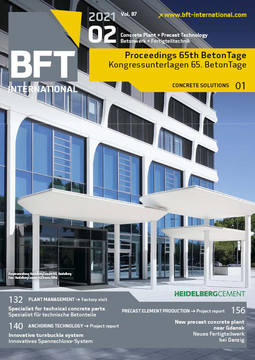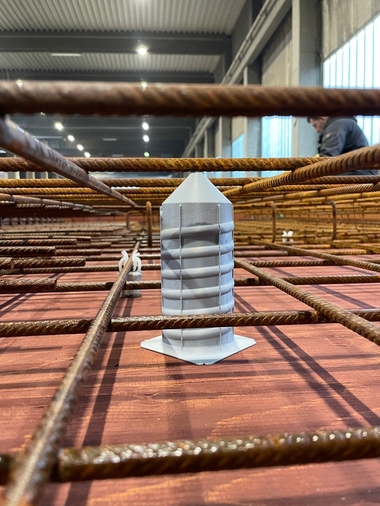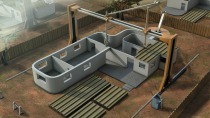Durability – potential of additive manufacturing and performance compared to conventional manufacturing
3D concrete printing is a digital manufacturing technology which, in future,
will provide the construction industry with a fundamentally new freedom
of design. In contrast to conventional manufacturing, all 3D printing
technologies lead to a layer-by-layer addition of the concrete structure. As a result, depending on the speed of the printing process, hydration
behavior and hardening characteristics, it cannot be ruled out that weak spots
(so-called cold joints), and therefore different material properties, may
develop between the layers, which will have an adverse effect on durability.
The presentation delineates the extent to which the anisotropic
durability of printed structures differs from structures produced using
conventional methods. In the comparative assessment of durability,
the structural density potentially achievable with the 3D printing
technology is as important as the bond characteristics
between the individual layers. Initial results show that the durability of structural concrete elements manufactured using an additive process is
at a level similar to that of conventionally manufactured concrete. The water-cement ratio and type of binder remain potentially decisive factors.
In the case of depositing printing processes, such as shotcrete 3D printing, the carbonation behavior was investigated in more detail in initial
tentative tests. In comparison with samples manufactured using conventional
methods, higher scatterings in the carbonation depths were observed due to lower carbonation depths in the interlayer areas [1]. Structures manufactured by means of extrusion showed a similar trend. There were, however,
hardly any differences in the freeze/thaw resistance parameters tested with regard to anisotropy [2]. For specimens manufactured using selective paste intrusion, the anisotropic freeze/thaw resistance tested was almost identical
compared to that of specimens of identical composition manufactured using
conventional methods. In addition, the specimens exhibited a high and non-anisotropic carbonation resistance and chloride migration resistance comparable to that of specimens manufactured using conventional methods [3,4,5].








